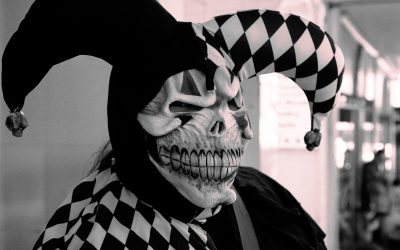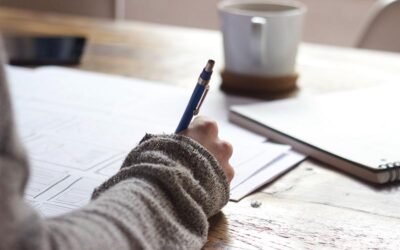Over the past several weeks, I have shifted emphasis between two different modes of thought – the rational and the subconscious. A different exercise each week invites the artist to focus upon one or the other. This perspective is purposeful; there is a method to the madness. I want you to establish a dialogue between these two aspects of the mind, for both are indispensable to the creative endeavor. Over the course of these twelve months, this exchange will become more fluid and more readily accessible.
In a recent issue of The Sun magazine, the featured interview discussed cognitive development, especially as it relates to the arts. The subject of the interview, Daniel Levitin, is an expert in how the brain processes sense perceptions and incorporates them into memory. The interview dove into recent scientific literature that describes two fundamental modes of thought, which mirror my efforts to establish two different ways of thinking about the creative mind.
One type of thought is referred to as the “central executive mode.” This pathway is really good for focused problem solving, when rational and linear answers are needed. The other type of thought is termed the “default mode.” This avenue of thought is also called daydreaming, and it occupies much of our mental landscape. Daydreaming offers the opportunity for reflection in an open, undefined cognitive space. This is where the free association of thought allows novel idea generation to come to the fore of the mind. Both are absolutely essential for the creative spirit to thrive.
Last week we wrote out a short, ten-page summary of the narrative we are pursuing this year – whether that be in fiction-writing, choreography, or even assembling an inventive menu. This exercise engaged the more rational side of the mind, for it asked of the artist to construct a linear path for the story – moving from point A to B and so on, until reaching a conclusion. This process encouraged the artist to make their germ of an idea more concrete. When put on paper in front of you, it becomes an independent object, something that will now have a life of its own.
This exercise is equally true for those working in the visual arts – painting, sculpting, and even textile art. Set aside a specific amount of time to craft a rough-hewn representation of the work. Instead of the ten-page summary, the artist can assemble a fulsome sketch of the project or collect ten aspects of the work that begin to tell their own non-narrative story. The result is the same – the work is now beginning to speak with an independent voice. The rational side of art has had a moment in the sun.
This week let’s apply the default mode of thought – that squirrely space of daydreaming – to this process. Take a look at that exercise from last week. Without much thought, circle three to five elements that jump out at you. Maybe they feel really important to you, essential for the work to take shape. Or these elements ask more questions than provide answers. Over the course of this week, set aside some time to consider each of these elements without much thought to outcome. Just allow for a carefree interplay of thought to wash over you and jot down whatever comes to mind – moments of insight, an image, a memory form childhood. Do not edit whatever comes forth. Just sit with these new thoughts and consider how they might fit into the narrative. Do they reinforce those elements that you have circled? Or do they draw you down another path, one that seems more promising?
This evaluation is important work. It will lead the artist further down the creative journey, where aspects of the endeavor will either develop depth and resonance or fall by the wayside. We will be revisiting this process several times over the next year. There is power in repetition.
This method stirs up the impression of an ancient traveling bard, sitting around a campfire with members of a village and telling a story. With each recounting, some details shift and warp, depending upon the night. But there are those other elements that remain in place with every retelling. These details are the enduring shape of the story. They will not bend.
The sturdiness of a given detail is uncovered through this process. Working and reworking the structure of a creative endeavor allows us to strip away all that is unessential. We need repetition to determine the just-so-ness of a given element.
I am developing a pattern within these pages. It allows the artist to shift back and forth between rational and intuitive elements in a more streamlined fashion than a full retelling of the whole tale repeatedly. This process gets at the heart of the story. Encourage yourself to discover those details that truly belong. Come to know what really matters in your creative endeavor.




